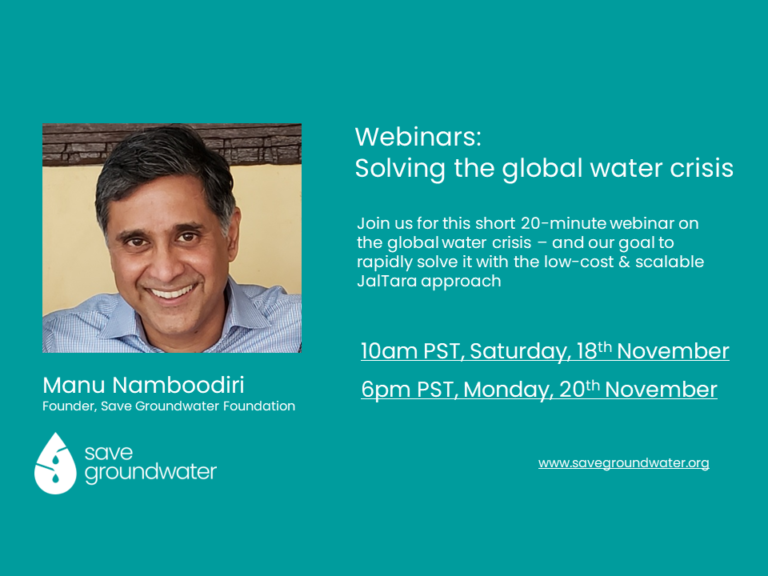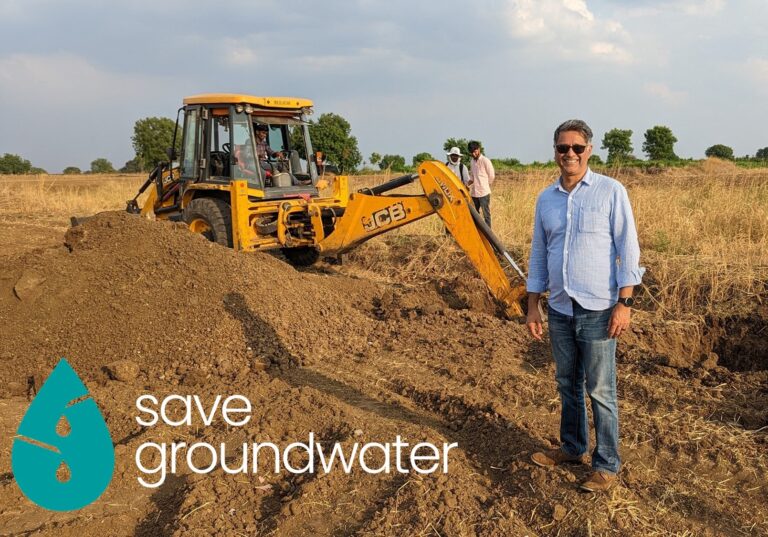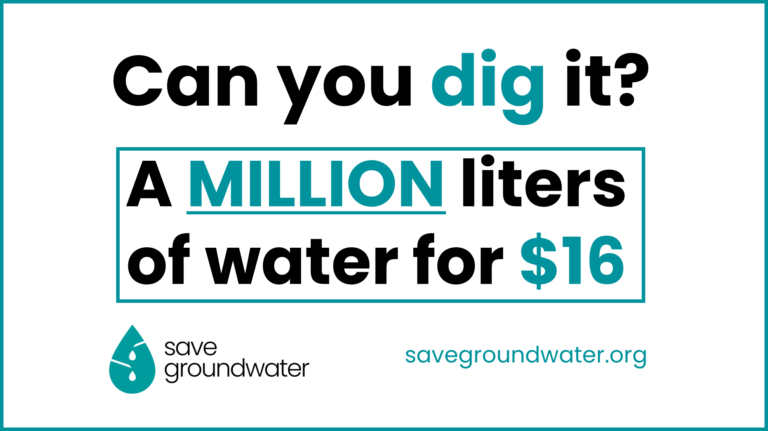If we only have a very short time to solve the global water crisis, what would we do?
Support our JalTara projects to solve this water crisis for 1.5 million villagers
We accept Credit Cards, Cryptocurrency, Stock and Donor Advised Funds.
Company matching is available.
20 minute webinar on solving the water crisis
We discuss the problem, and how JalTara can solve this at low cost and within a short time period
The Global Water Crisis
The UN describes climate change as “primarily a water crisis“.
Extreme weather is causing both severe floods and droughts – in fact there has been a 29% increase in droughts and a 134% increase in floods since 2000. With 50% of humanity under risk of water stress by 2030, we are running out of time to solve this crisis.
We believe that groundwater is the ONLY way to solve the global flood/drought crisis – since underground aquifer reserves worldwide have 100 times the capacity compared to surface freshwater storage like lakes, rivers and reservoirs.
A problem of this magnitude and urgency requires an equally bold and rapid approach to solve it.
And this is exactly Save Groundwater Foundation’s JalTara vision to solve the global water crisis – a low-cost, nation-scale approach for rapid and massive groundwater recharge addressing both droughts and floods.
India Goal: Solve Water Crisis in a Decade
100,000 villages
50 million JalTara recharge pits
30 trillion liters of water
150 million rural lives
The JalTara Approach
The scalable JalTara approach involves digging large numbers (500+) of small recharge pits (~6 feet deep and 4 feet across, filled with rocks) at the lowest point in every farmland acre
Effective and Scalable
We have already dug 45,000 recharge pits across 92 villages in Jalna, Maharashtra, demonstrating both effectiveness and scalability
Demonstrated Benefits
>Water tables improved YoY (March) by 14 feet
>Farmer incomes increased by 120% on average
>Crop yields improved by 42%
>Acreage under cultivation increased by 58%
>Crop spoilage due to flooding is virtually eliminated
News & Articles
Webinar on Solving the Global Water Crisis
View a short LinkedIn webinar to learn about the global water crisis and how the low-cost & scalable JalTara approach can help address it. These…
Rapidly Solving the Global Water Crisis
After nearly five years of working on the JalTara groundwater project, I am excited and honored to announce the Save Groundwater Foundation – a new…
JalTara – The Cheapest way for Nation-Scale Groundwater Recharge
Following is a short analysis of how we spent about 16 dollars to recharge a million liters of groundwater AND scaled that to about 27 billion…



